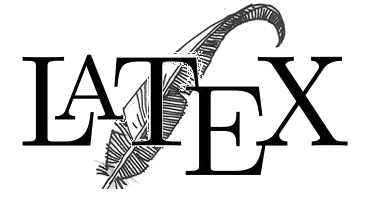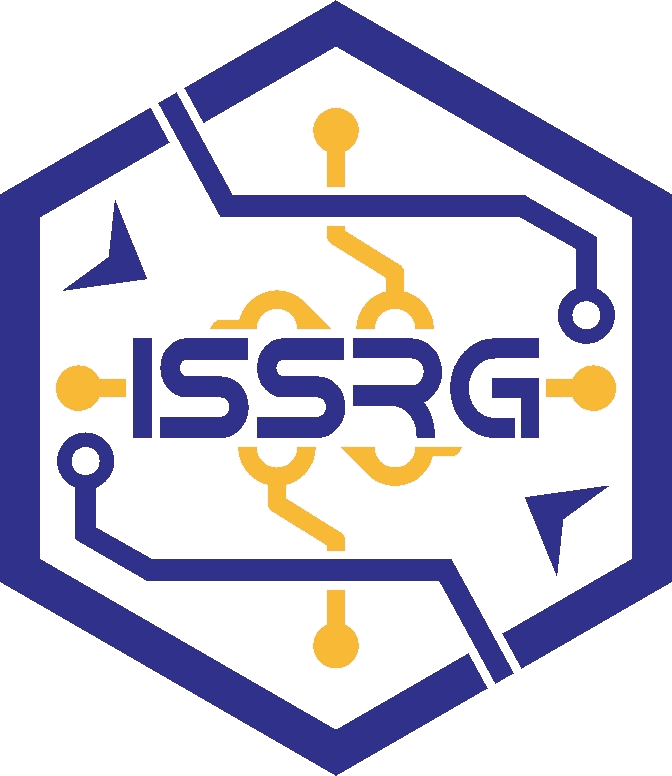Prediction of Cyber Attack Losses by Attack Type and Country with Visual Approach and Quantitative Statistics
Abstract
Cyberattacks continue to be a major threat to the digital infrastructure of countries around the world, significantly impacting economic stability, data security and public trust. This research aims to analyze financial losses due to cyberattacks by country, attack type, and affected industry sector, utilizing a visual exploratory approach through interactive dashboards and descriptive statistical analysis. The data used includes 3,000 cyber incidents from 10 countries, covering various attack types such as DDoS, Phishing, Malware, and Man-in-the-Middle. Visualization was developed using Power BI with DAX (Data Analysis Expressions) SUMX aggregation formula to calculate Total_Loss in order to dynamically estimate the cost of loss based on user interaction. The analysis showed that DDoS and Phishing attacks were the most frequent attack types, while the Information Technology, Banking and Government sectors recorded the highest accumulative losses. Geographically, the UK, Germany and Brazil were the countries with the largest total losses, with the highest average loss per incident found in Man-in-the-Middle and Phishing attacks. The findings underscore the urgency for the government and private sector to develop more responsive and data-driven mitigation strategies. This research confirms that the integration of dynamic visualization systems with quantitative analysis not only improves understanding of attack patterns, but also supports the decision-making process in efforts to strengthen national cybersecurity in a sustainable manner
Full Text:
PDFReferences
N. M. Radziwill and M. C. Benton, “Cybersecurity Cost of Quality: Managing the Costs of Cybersecurity Risk Management,” 2017, [Online]. Available: http://arxiv.org/abs/1707.02653
World Economic Forum, “Global Cybersecurity Outlook 2024 | World Economic Forum,” World Econ. Forum, no. January, 2024, [Online]. Available: https://www.weforum.org/publications/global-cybersecurity-outlook-2024/
Z. H. George and T. Hasan, “ASSESSING THE INFLUENCE OF CYBERSECURITY THREATS AND RISKS ON THE ADOPTION AND GROWTH OF DIGITAL BANKING : A,” vol. 01, no. 01, pp. 226–257, 2025, doi: 10.63125/fh49gz18.
M. F. Franco, F. Künzler, J. von der Assen, C. Feng, and B. Stiller, “RCVaR: an Economic Approach to Estimate Cyberattacks Costs using Data from Industry Reports,” no. Ml, 2023, [Online]. Available: http://arxiv.org/abs/2307.11140
H. Tu, Y. Xia, C. K. Tse, and X. Chen, “A Hybrid Cyber Attack Model for Cyber-Physical Power Systems,” IEEE Access, vol. 8, pp. 114876–114883, 2020, doi: 10.1109/ACCESS.2020.3003323.
K. Shaukat, S. Luo, V. Varadharajan, I. A. Hameed, and M. Xu, “A Survey on Machine Learning Techniques for Cyber Security in the Last Decade,” IEEE Access, vol. 8, no. November, pp. 222310–222354, 2020, doi: 10.1109/ACCESS.2020.3041951.
NTT Security Holdings, “Global Threat Intelligence Report,” NTT Innov. Inst., pp. 1–30, 2022, [Online]. Available: https://www.security.ntt/pdf/2022-global-threat-intelligence-report-v8.pdf
J. Stapleton and W. C. Epstein, “Security Considerations,” Secur. Without Obs., pp. 155–176, 2024, doi: 10.1201/9781003425298-6.
S. Kaur, J. Singh, and N. S. Ghumman, “Network Programmability Using POX Controller,” Int. Conf. Commun. Comput. Syst., no. August, p. 5, 2014, doi: 10.13140/RG.2.1.1950.6961.
ENISA, “ENISA Threat Landscape Report 2017,” EU Law and Publications, no. January. pp. 1–114, 2018. [Online]. Available: https://www.enisa.europa.eu/publications/enisa-threat-landscape-report-2017
DOI: http://dx.doi.org/10.26798/jiss.v4i1.2002
Article Metrics
Abstract view : 343 timesPDF - 229 times
Refbacks
- There are currently no refbacks.
Copyright (c) 2025 Sepfanner Kabahing, Rikie Kartadie, Sigit Aditomo, Ivònia Fàtima Ruas da silva, Francisco Xavier, Nur aini Nur aini
This work is licensed under a Creative Commons Attribution-ShareAlike 4.0 International License.
- https://jurnal.narotama.ac.id/
- https://www.spb.gba.gov.ar/campus/
- https://revistas.unsaac.edu.pe/
- https://proceeding.unmuhjember.ac.id/
- https://ejournal.uki.ac.id/
- https://random.polindra.ac.id/
- https://scholar.ummetro.ac.id/
- https://ejournal.uika-bogor.ac.id/
- https://www.iejee.com/
- https://e-journal.iainptk.ac.id/
- https://journal.stitpemalang.ac.id/
- https://revistas.unimagdalena.edu.co/
- https://catalogue.cc-trieves.fr/
- https://revistas.tec.ac.cr/
- https://jurnal.poltekapp.ac.id/
- https://ojs.ucp.edu.ar/
- https://ihcway.sakura.ne.jp/
- http://www.apps.buap.mx/
- http://media-ojs.vls.icm.edu.pl/
- https://saber.unioeste.br/
- https://cinnda.org/
- https://jurnal.untidar.ac.id/
- https://ojs.adzkia.ac.id/
- https://supp.journalrmc.com/
- https://journal.thamrin.ac.id/
- https://ejurnal.unima.ac.id/
- https://journal.umpalopo.ac.id/
- https://ejournal.upnvj.ac.id/
- https://journal.ittelkom-pwt.ac.id/
- https://ojs.unpatompo.ac.id/
- https://jurnal.staim-probolinggo.ac.id/
- https://jurnal.ppi.ac.id/
- https://revistas.urp.edu.pe/


1.png)



